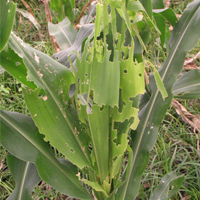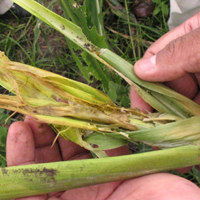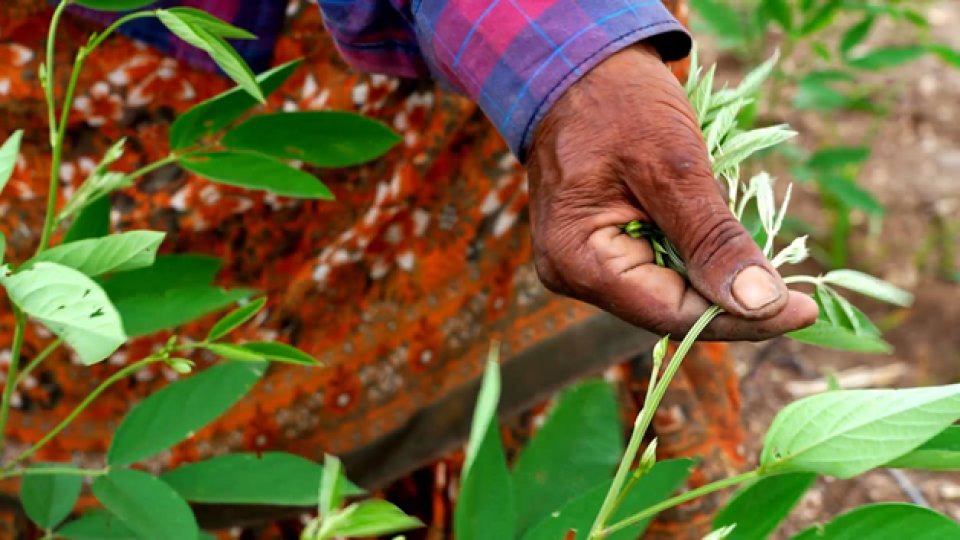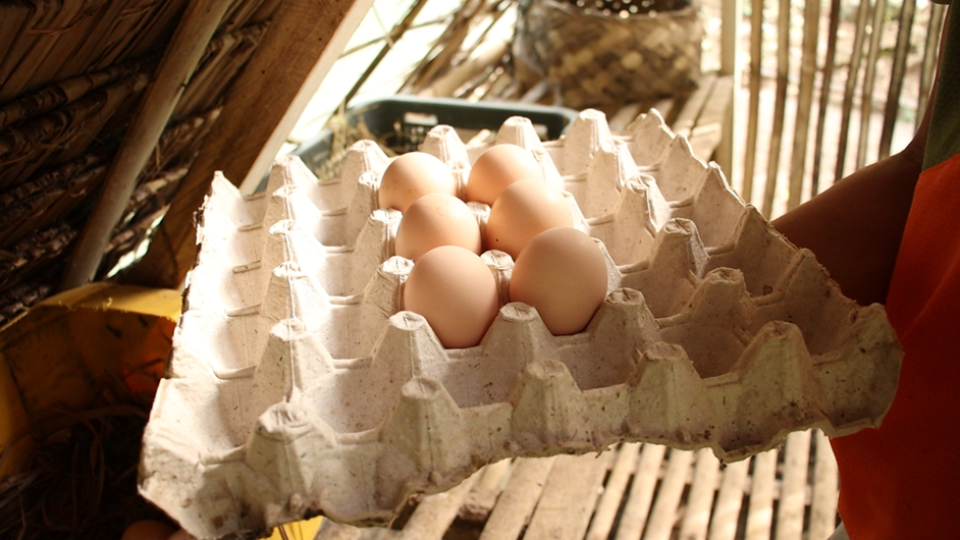

In the 1500s, when men on sailing ships were casually spreading crop plants from one continent to the next, maize came to Africa. Fortunately, many of the maize pests stayed behind, in the Americas. But slowly, trade and travel are re-uniting maize with its pests. A caterpillar called the fall armyworm is the latest American pest to reach Africa, and it has spread across the continent, threatening one of Africa’s staple food crops.
Just as maize originally came to Africa without its American pests, the fall armyworm arrived without its natural enemies, including a couple of dozen species of tiny parasitic wasps. This has helped the armyworm to spread faster.
Governments panicked over the arrival of the fall armyworm. Some tried massive campaigns to eradicate it manually, as in Rwanda, where large teams of people destroyed the caterpillars by hand. Others began widespread campaigns to spray farmers’ fields with insecticide. Fortunately, there are alternatives to insecticides, as explained in two Access Agriculture videos.
The videos explain that fall armyworm damage often looks worse than it really is. The caterpillars eat gaping holes in the maize leaves and defecate what looks like wet sawdust all over the plants. But the plants usually recover and produce a full ear, in spite of early damage to the young plant.
Conveniently for farmers, the fall armyworm is also a cannibal. Each one lives alone in the maize whorl and eats any smaller armyworm that comes in. So, a maize plant rarely has to suffer more than one armyworm at a time.
Although the armyworm left its specialised natural enemies behind, once it arrived in Africa it met with generalist, native predators like ants, earwigs, ladybird beetles and other beneficial insects that soon began to attack and eat the caterpillars.
The FAO (the UN’s Food and Agricultural Organization) organised farmer field schools to teach farmers armyworm ecology and control. Farmers who took these schools were soon using techniques from Latin America, such as applying soil to the maize whorls. But farmers in Kenya also created innovations of their own, such as rubbing cooking grease onto the maize plant to attract ants to kill armyworms, and sprinkling fine sand mixed with tobacco snuff into the maize whorls.
Farmer field schools are an excellent way to teach insect ecology, but field schools only reach a small percentage of the farmers who need the new information. Fortunately, the farmers who have not been able to take field schools will be able to learn from those who have, by watching the fall armyworm videos, which are available for free in several languages on Access Agriculture platform. More translations will help to spread the word about non-chemical control of fall armyworm.
Related Access Agriculture videos
Killing fall armyworms naturally
Acknowledgement
The videos on fall armyworm are developed in collaboration with the Food and Agriculture Organization of the United Nations (FAO) with funding from the McKnight Foundation’s Collaborative Crop Research Program (CCRP).
Photos by Eric Boa.
The scientific name of the fall armyworm is Spodoptera frugiperda (Lepidoptera: Noctuidae).


